Gallery
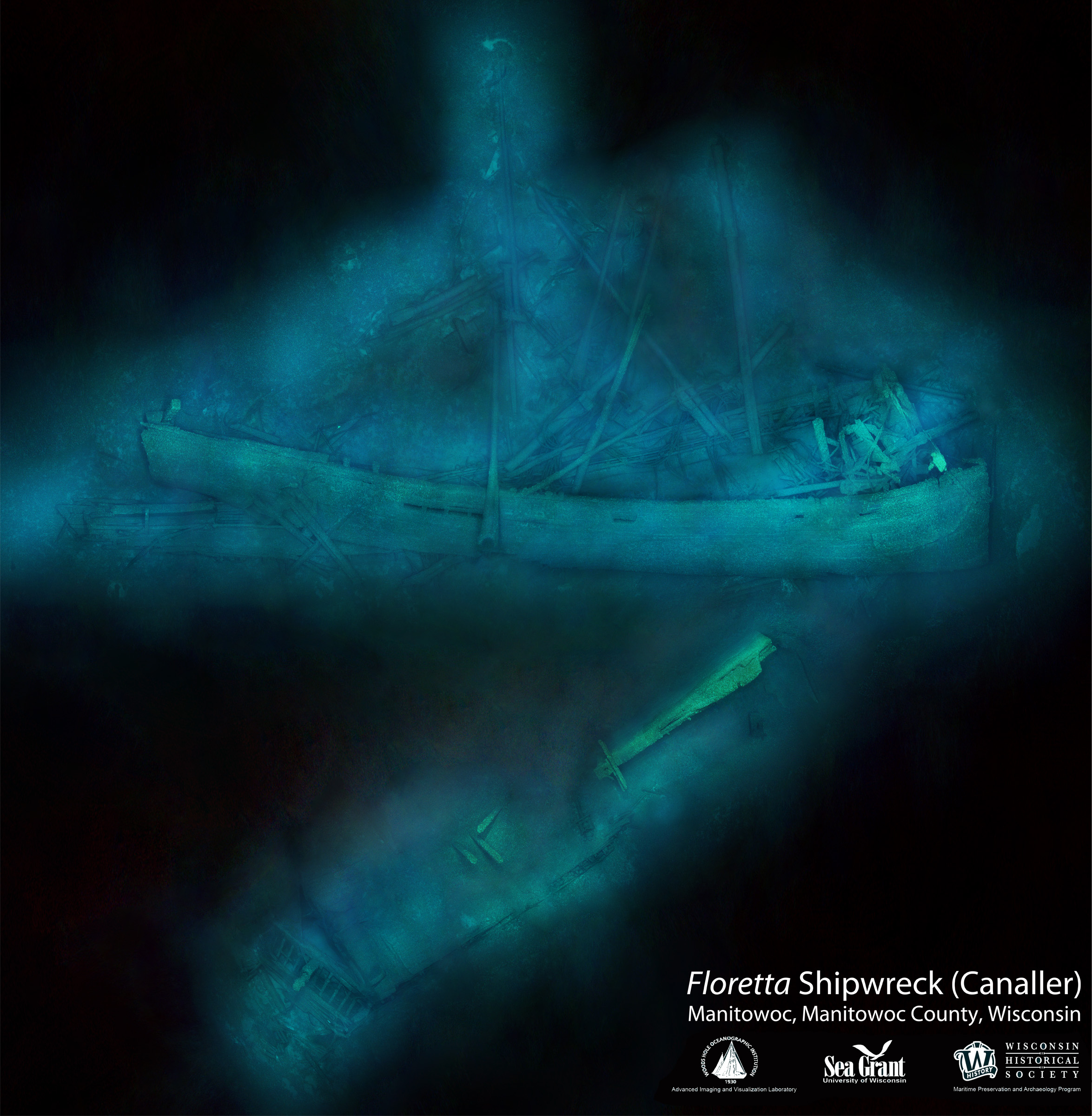
Photomosaic Image of the Floretta
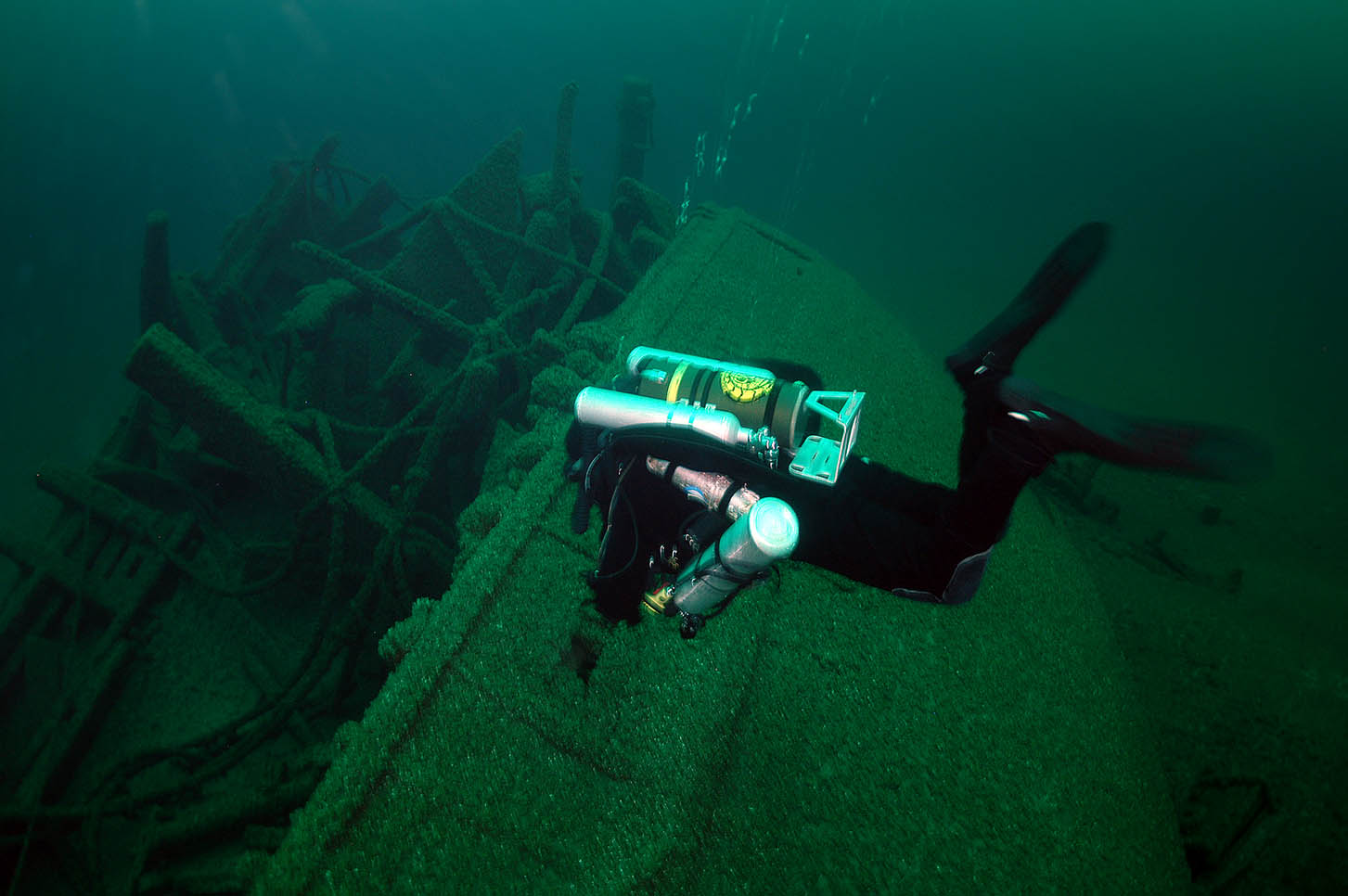
An Archaeologist Swims Over the Bow of the Floretta
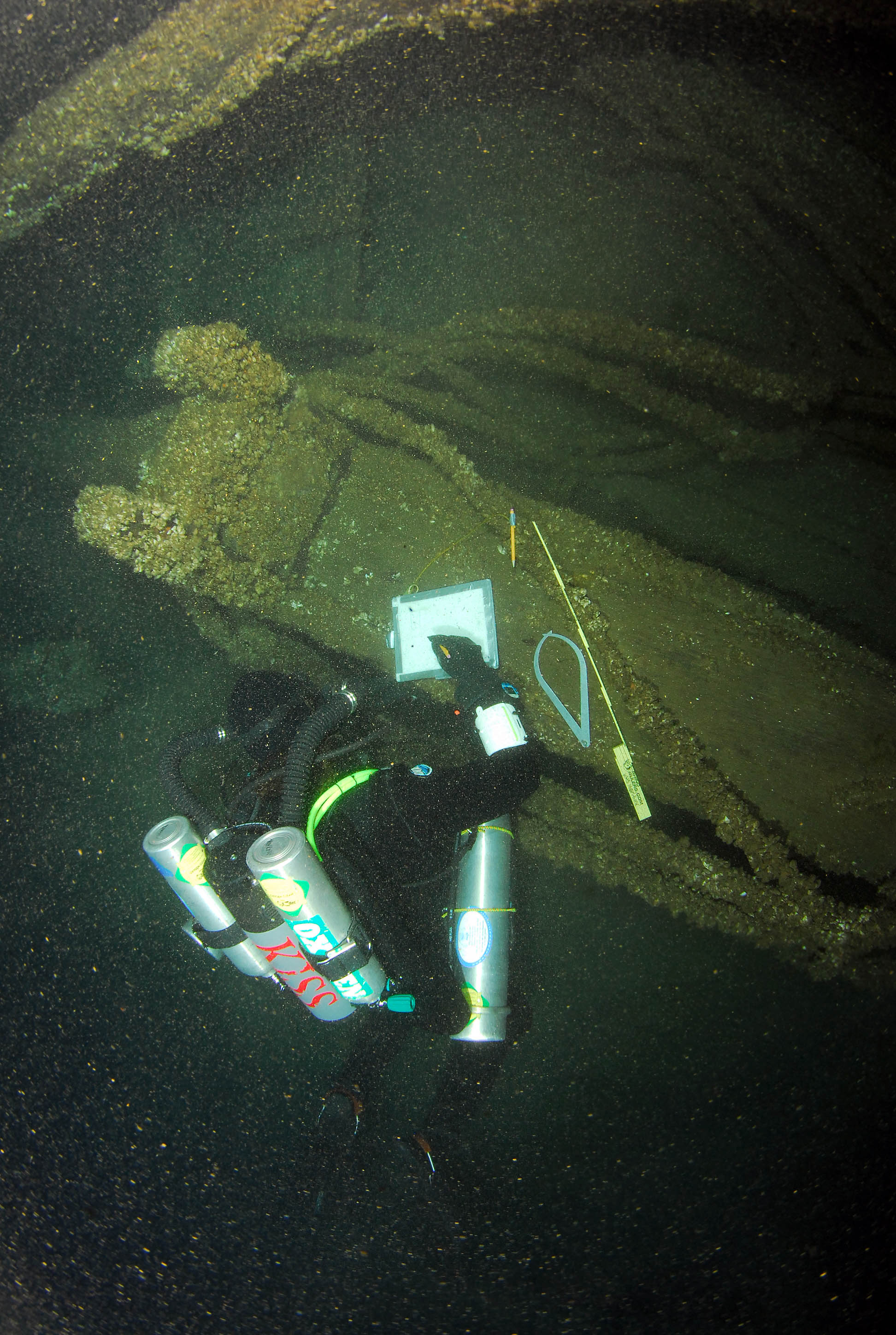
An Archaeologist Measures a Feature of the Floretta
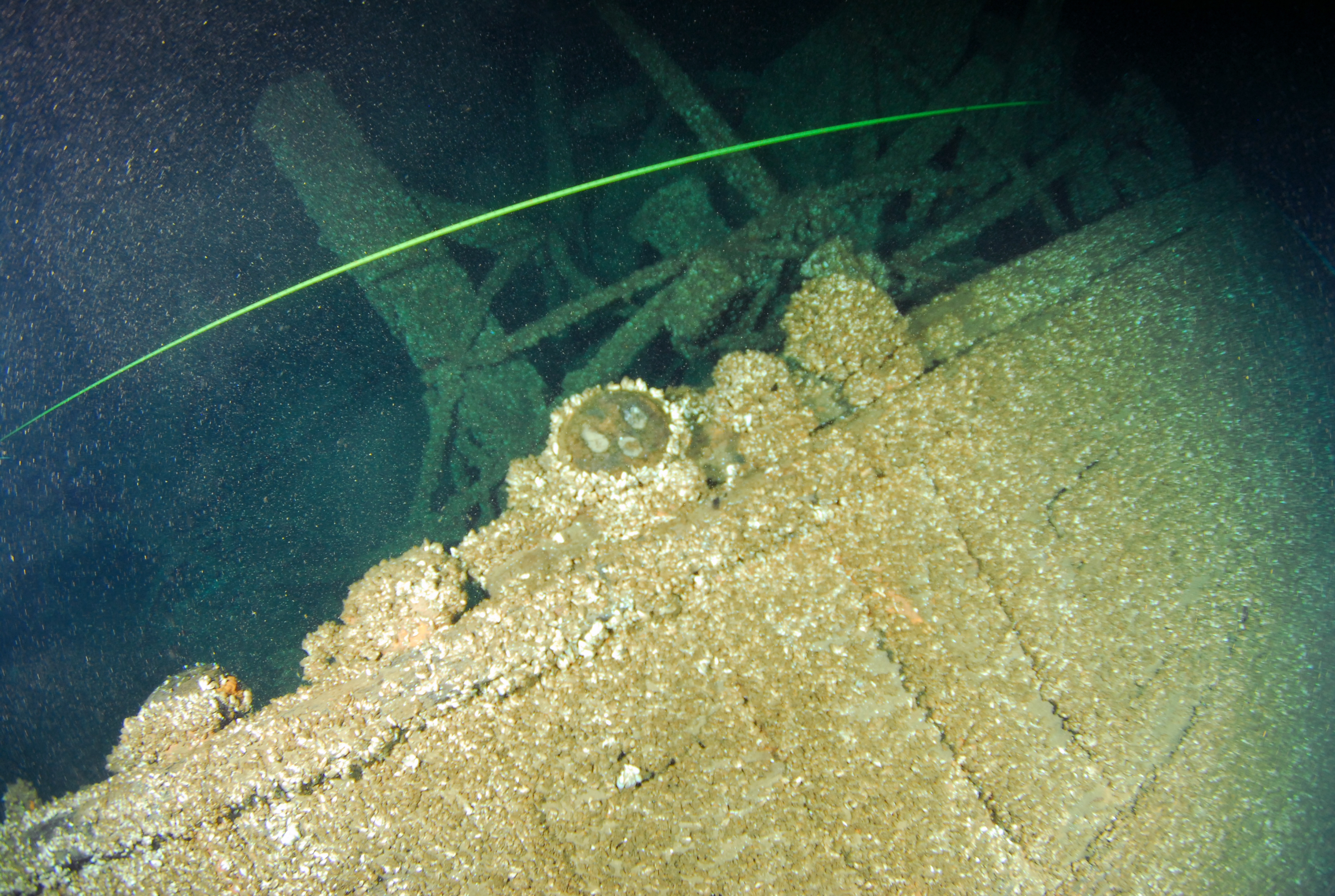
Floretta's Starboard Hull and Intact Deadeye's
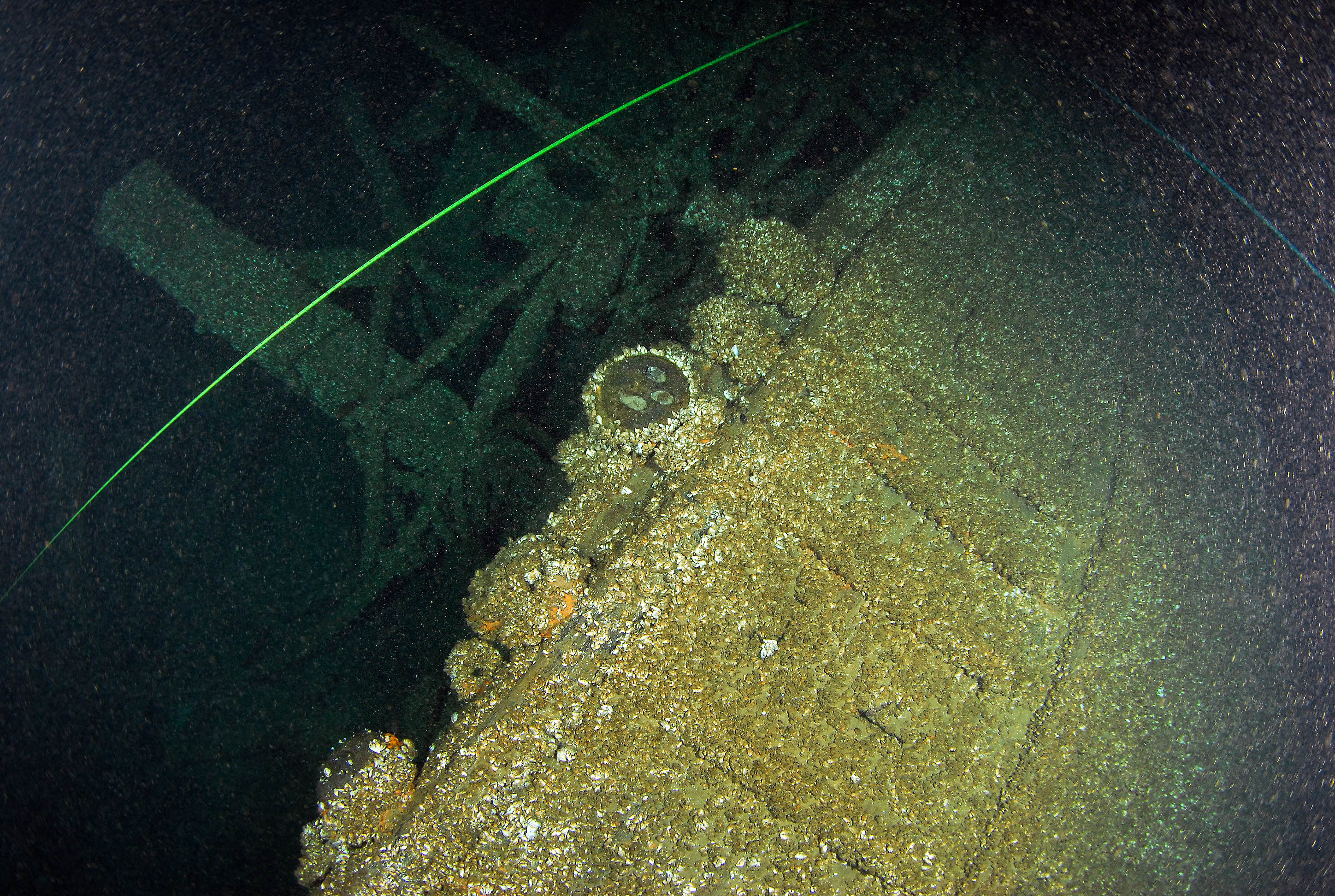
Another View of Floretta's Starboard Hull and Intact Deadeye's
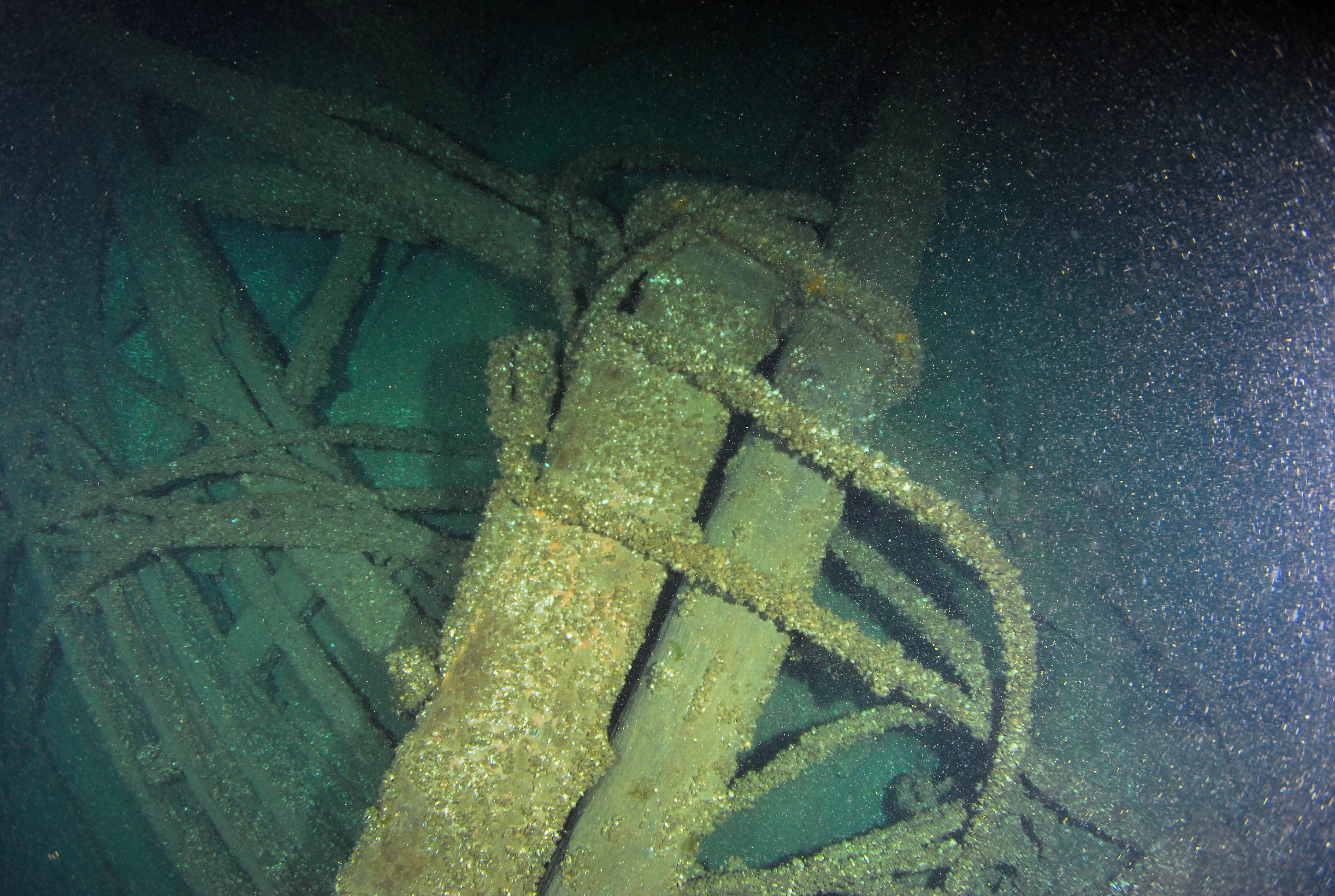
Intact Rigging Amongst Floretta's Debris
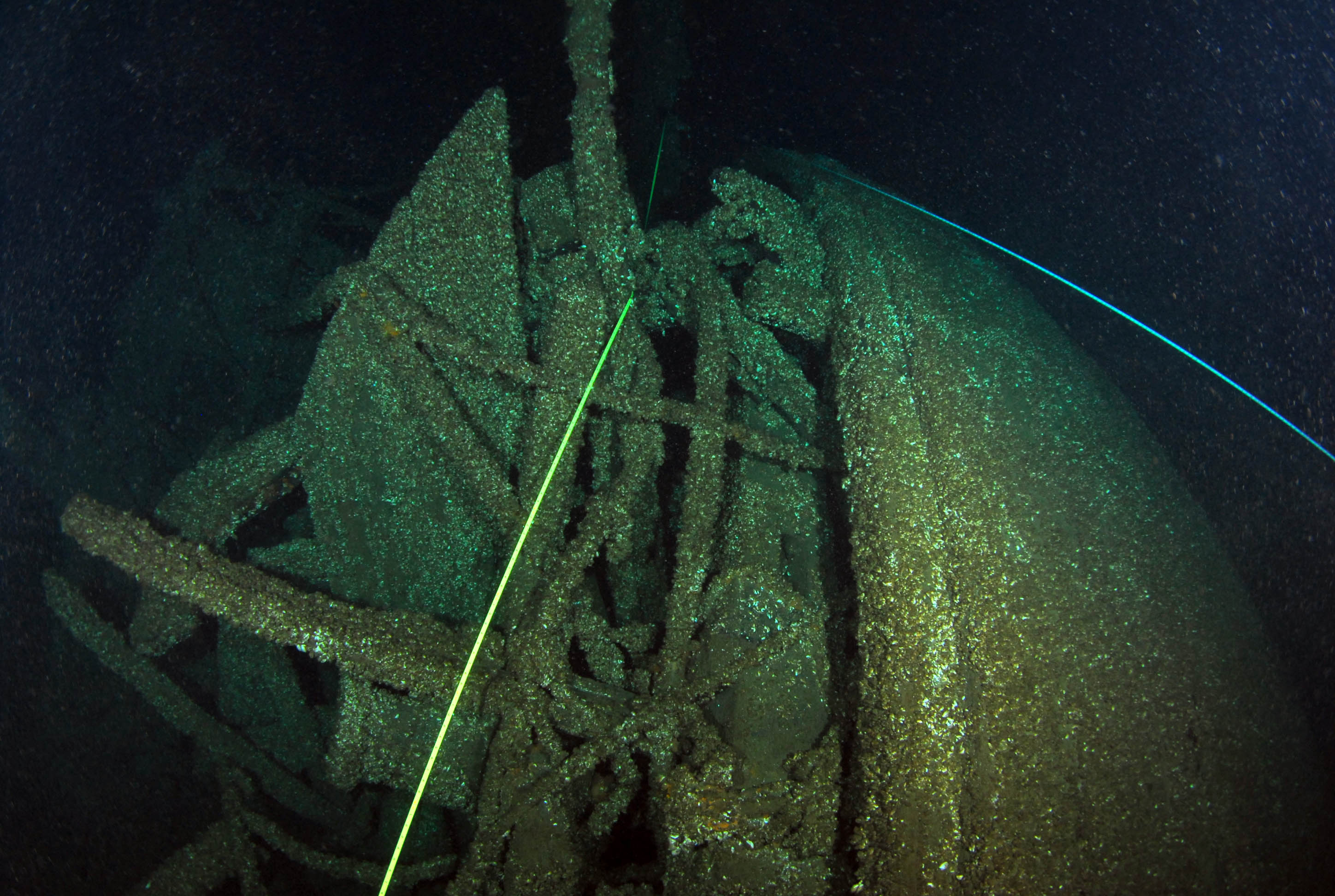
Measuring Tapes Draped Over the Bow Wreckage of the Floretta
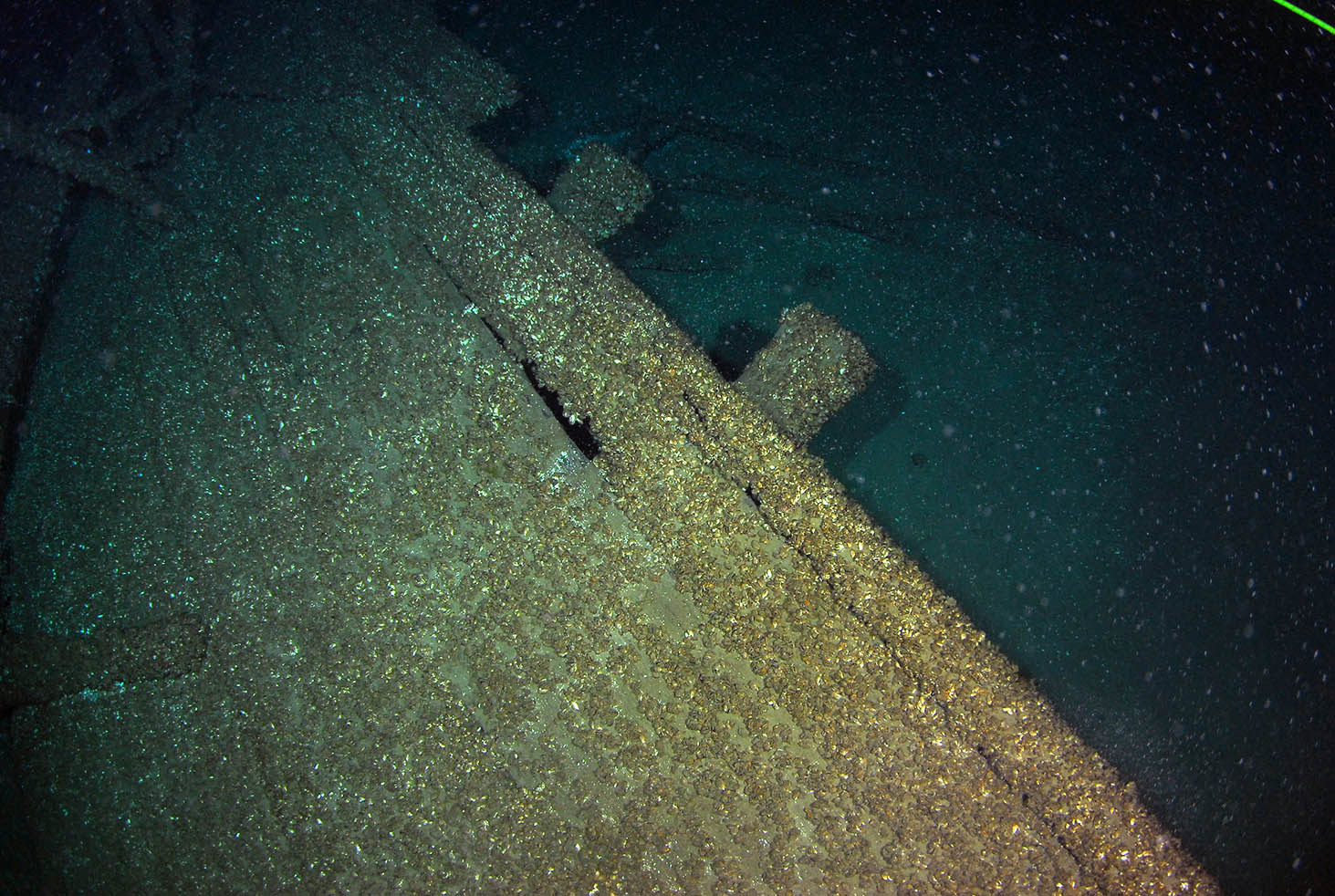
View Along Floretta's Stern
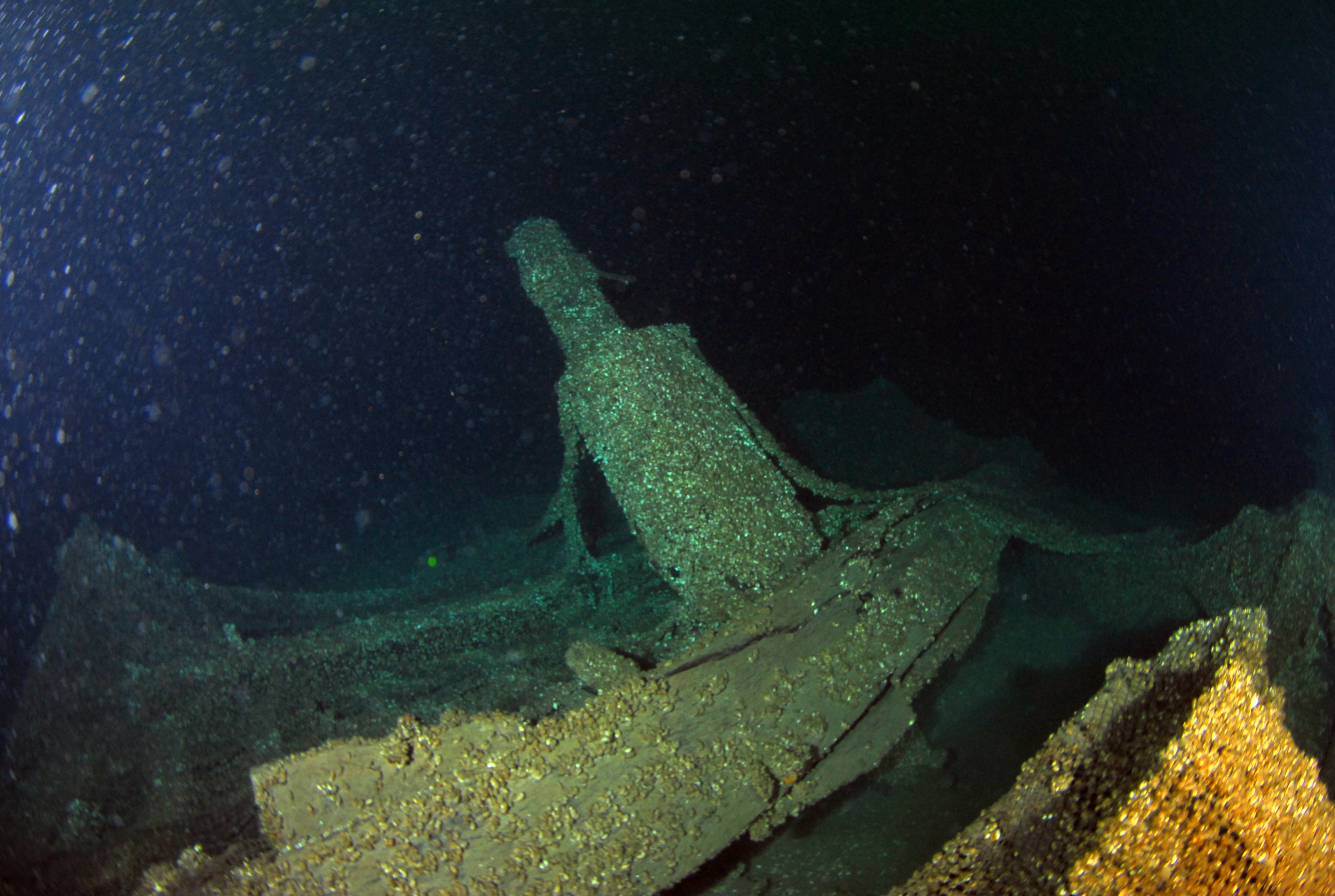
Floretta's Windlass
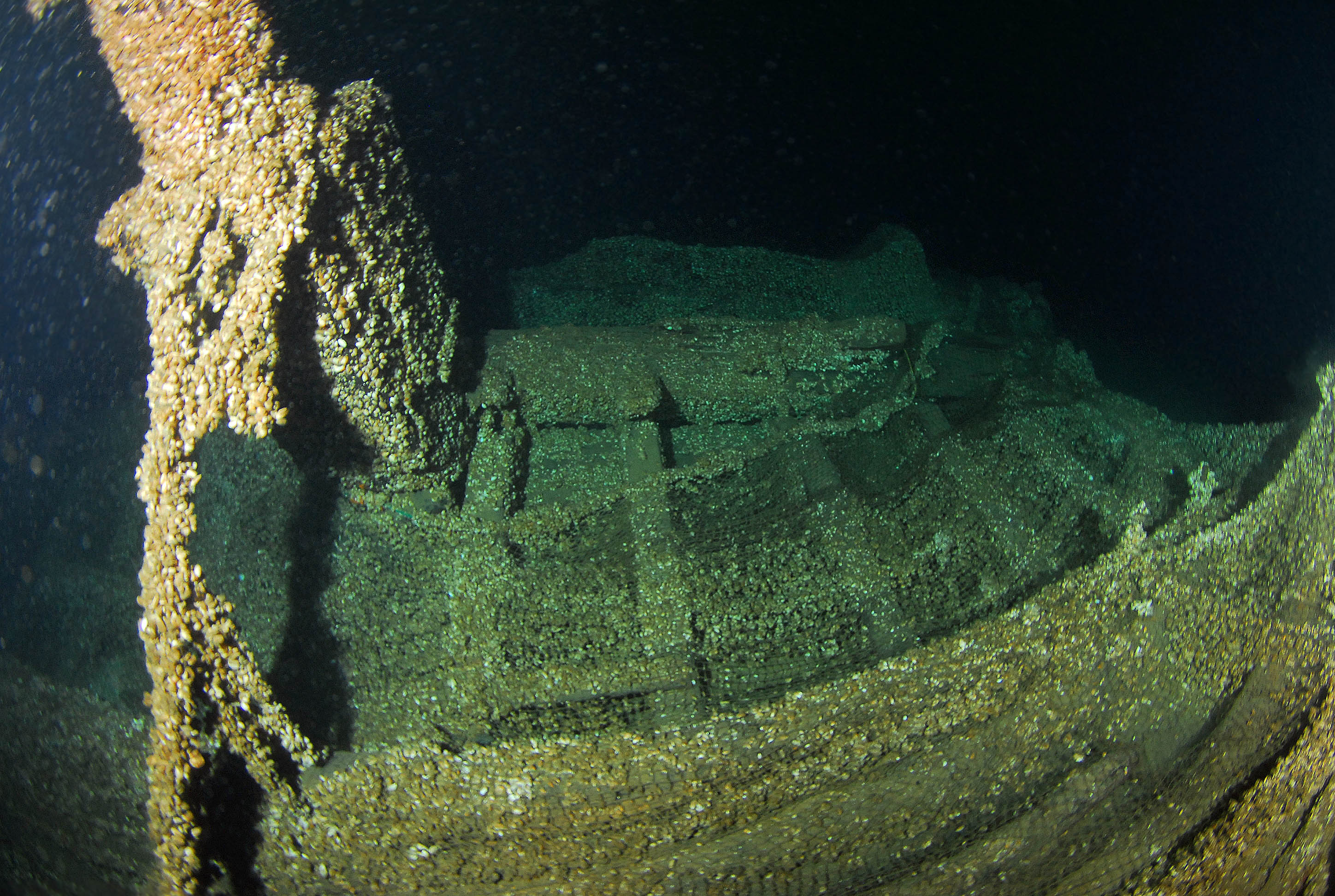
Floretta's Ceiling Planking with Fishing Nets Caught on the Wreck
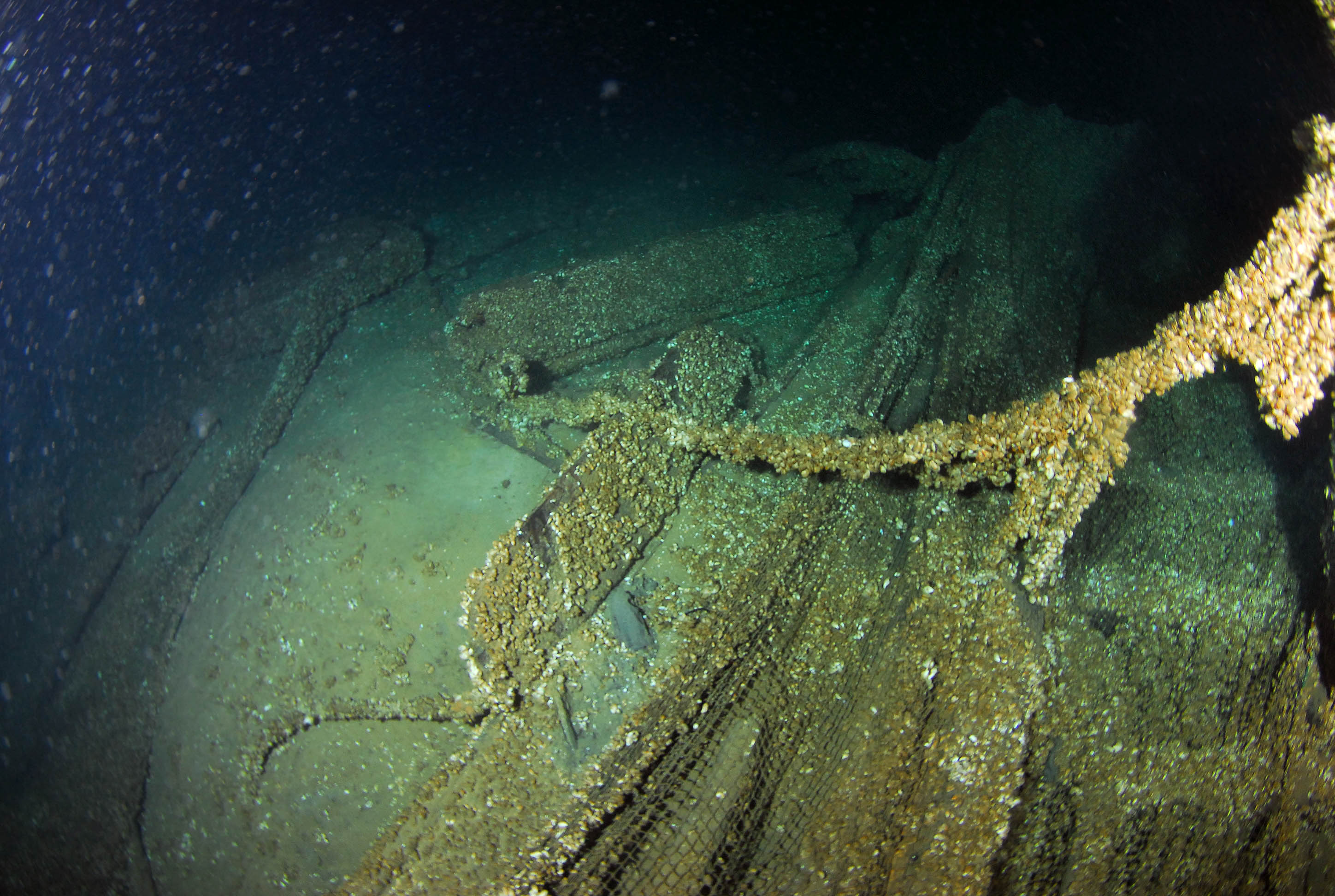
Fishing Nets Cover the Wreck Along with Still-Standing Rigging
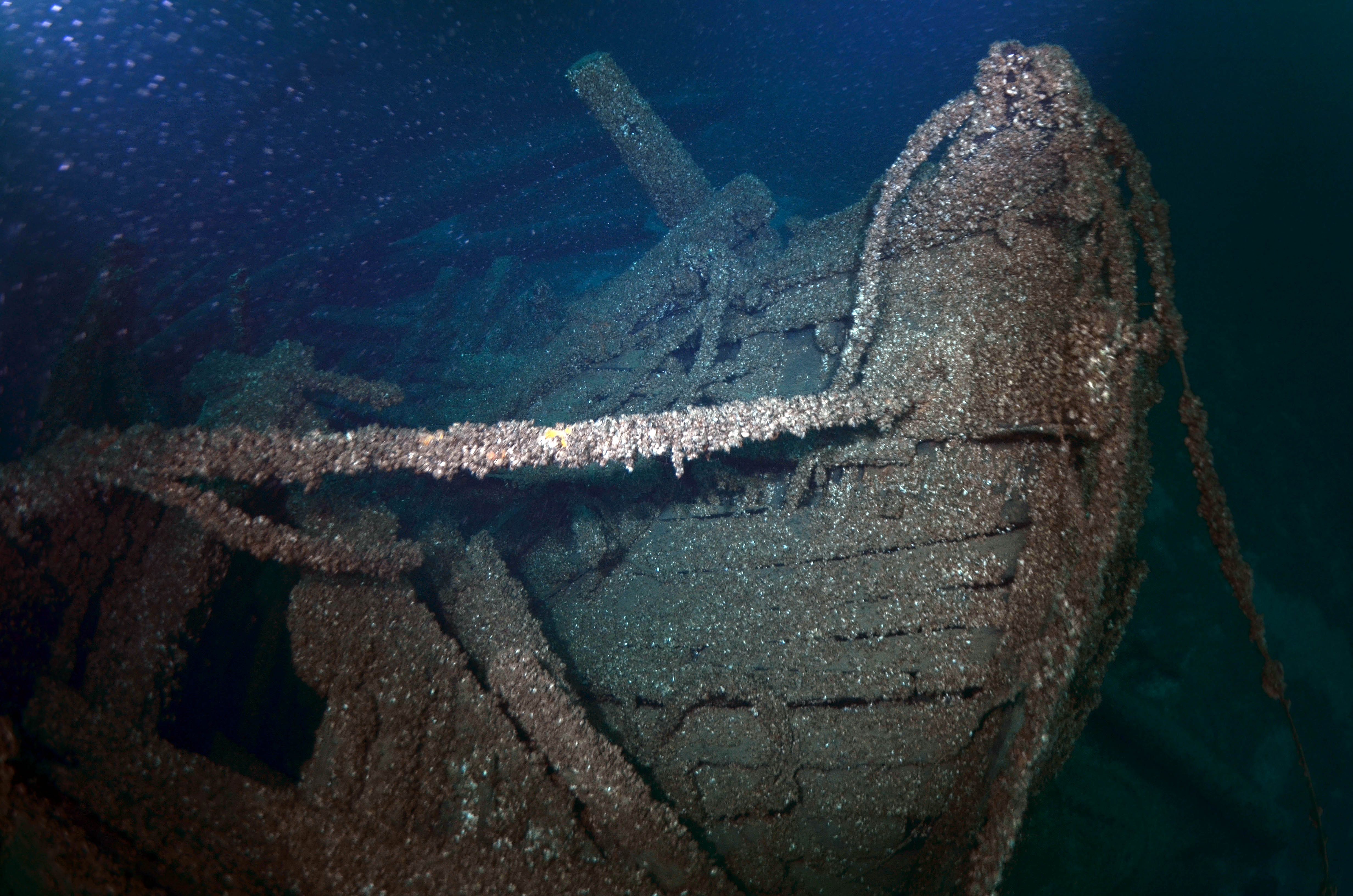
Anchors and Floretta's Broken Bow
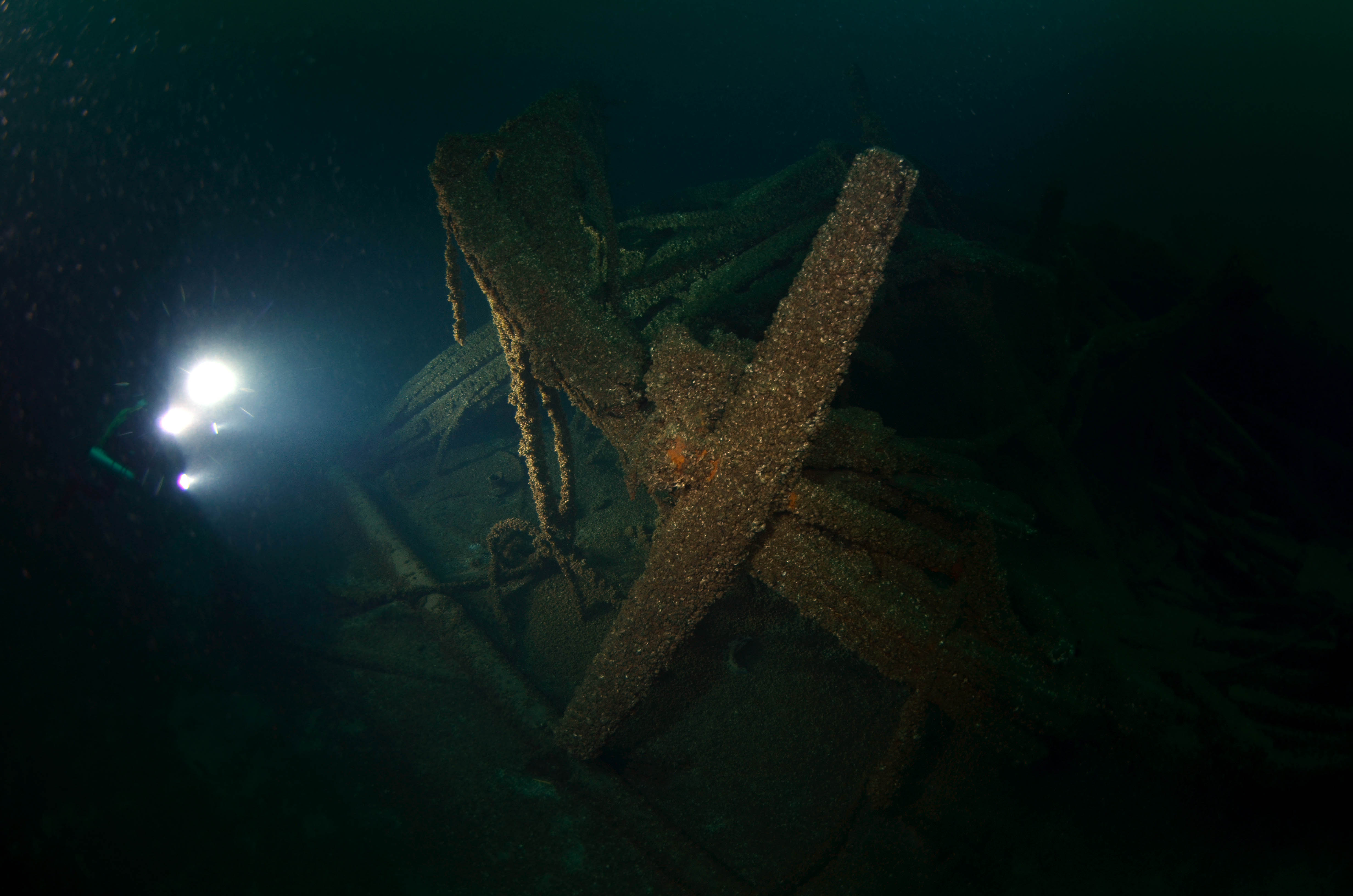
A Diver Shines a Light on One of Floretta's Anchors.
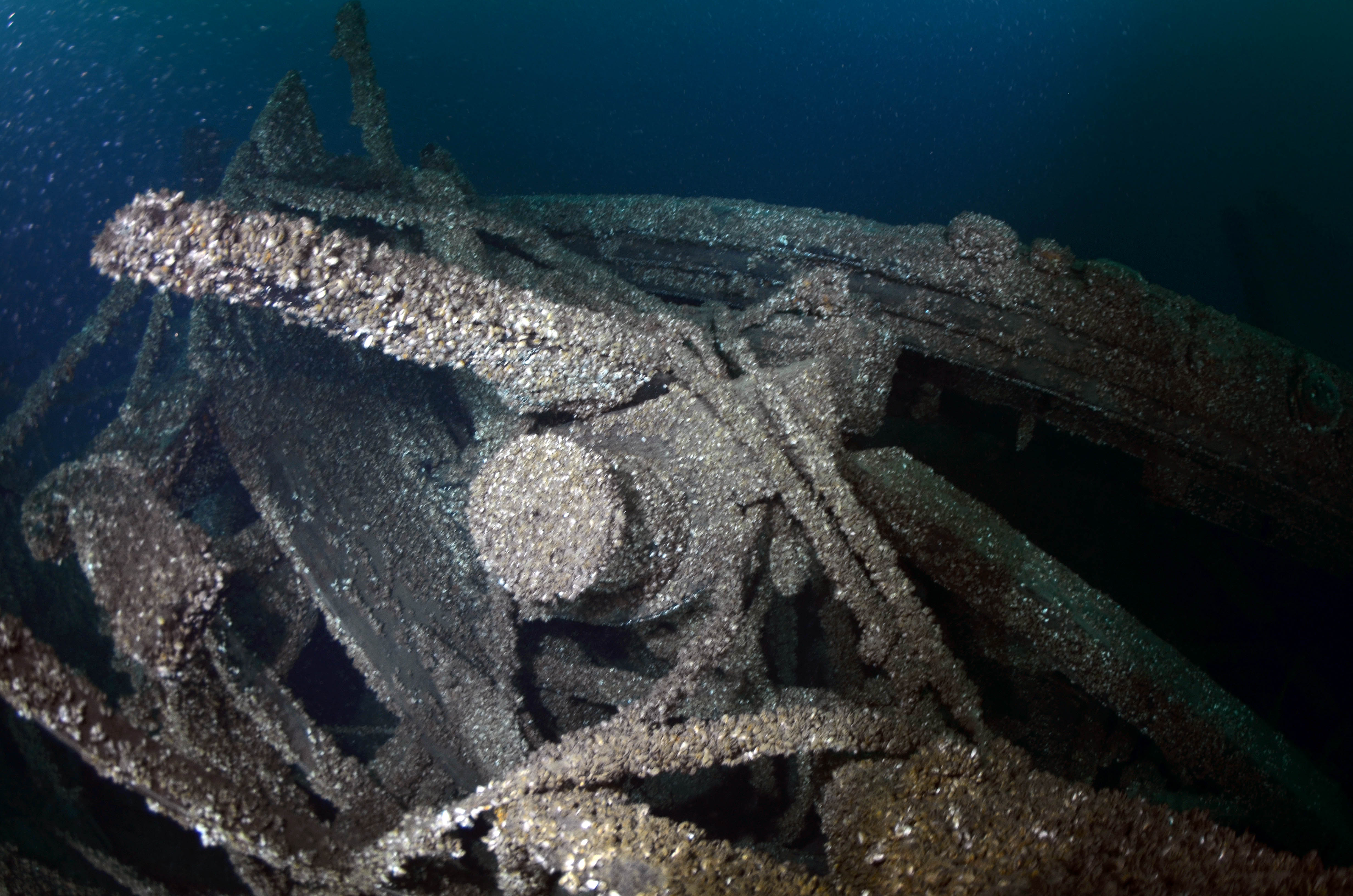
Floretta's Bow
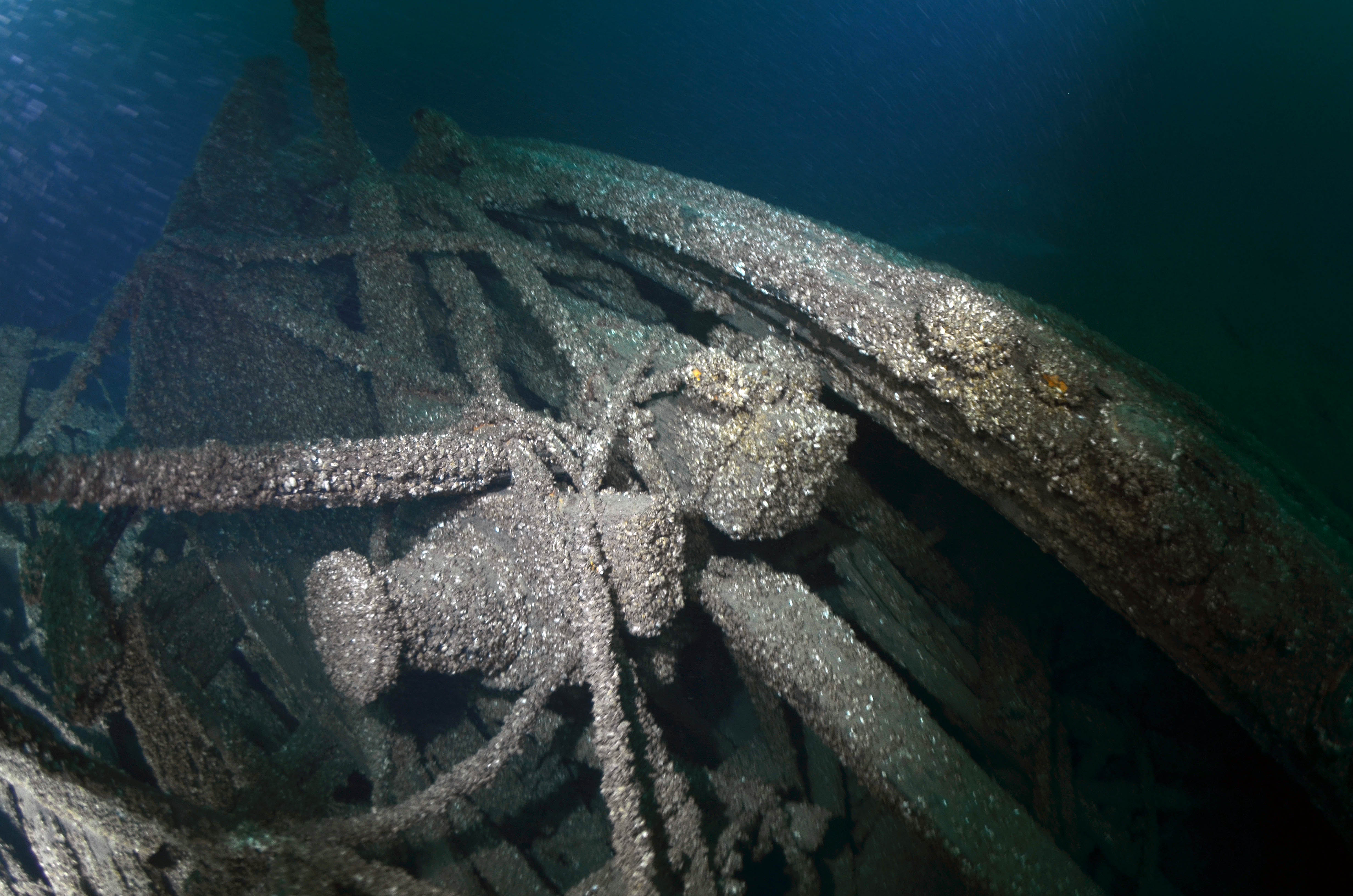
The Tangled Wreckage at Floretta's Bow
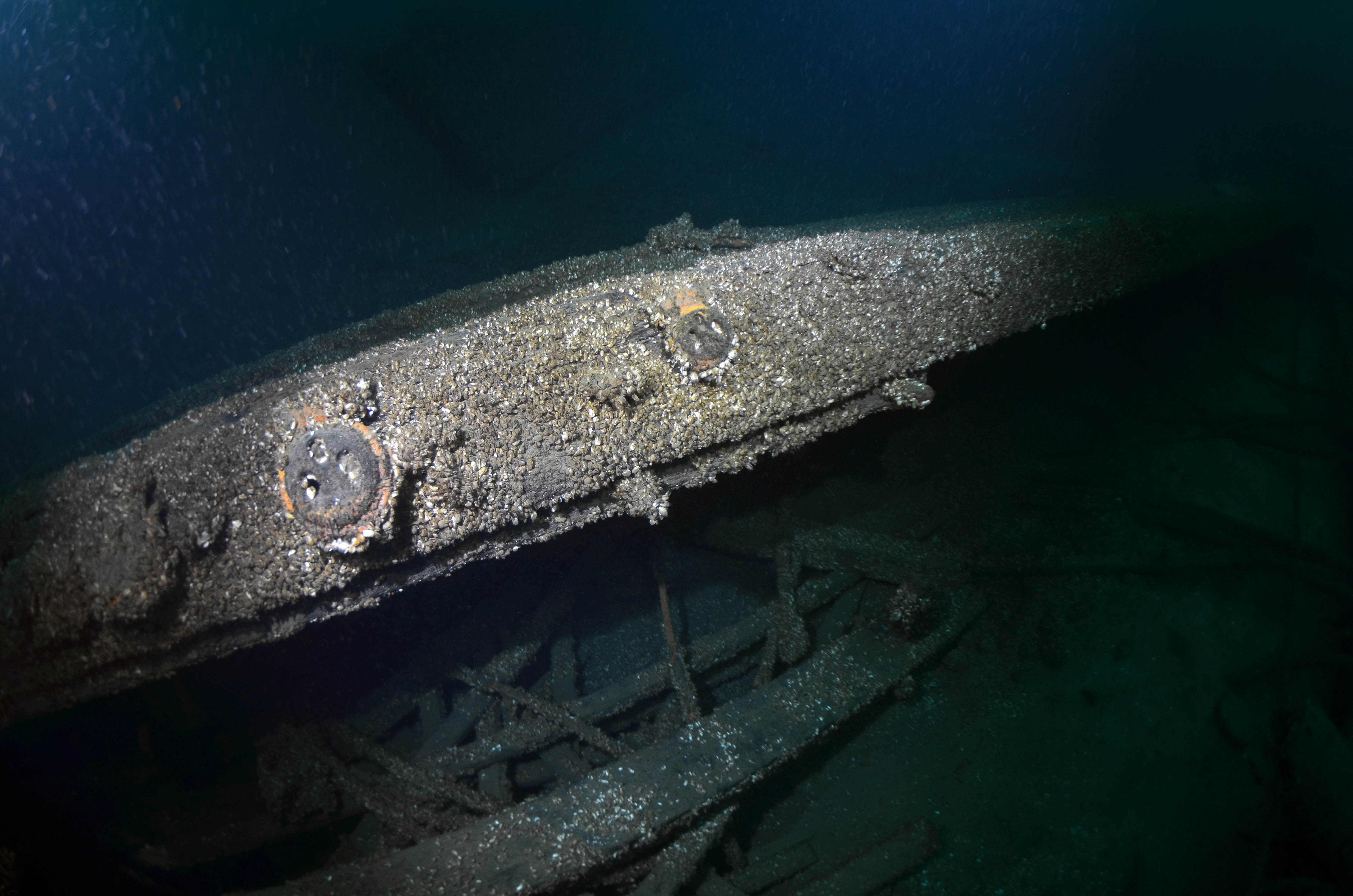
Another Image of the Floretta's Deadeyes
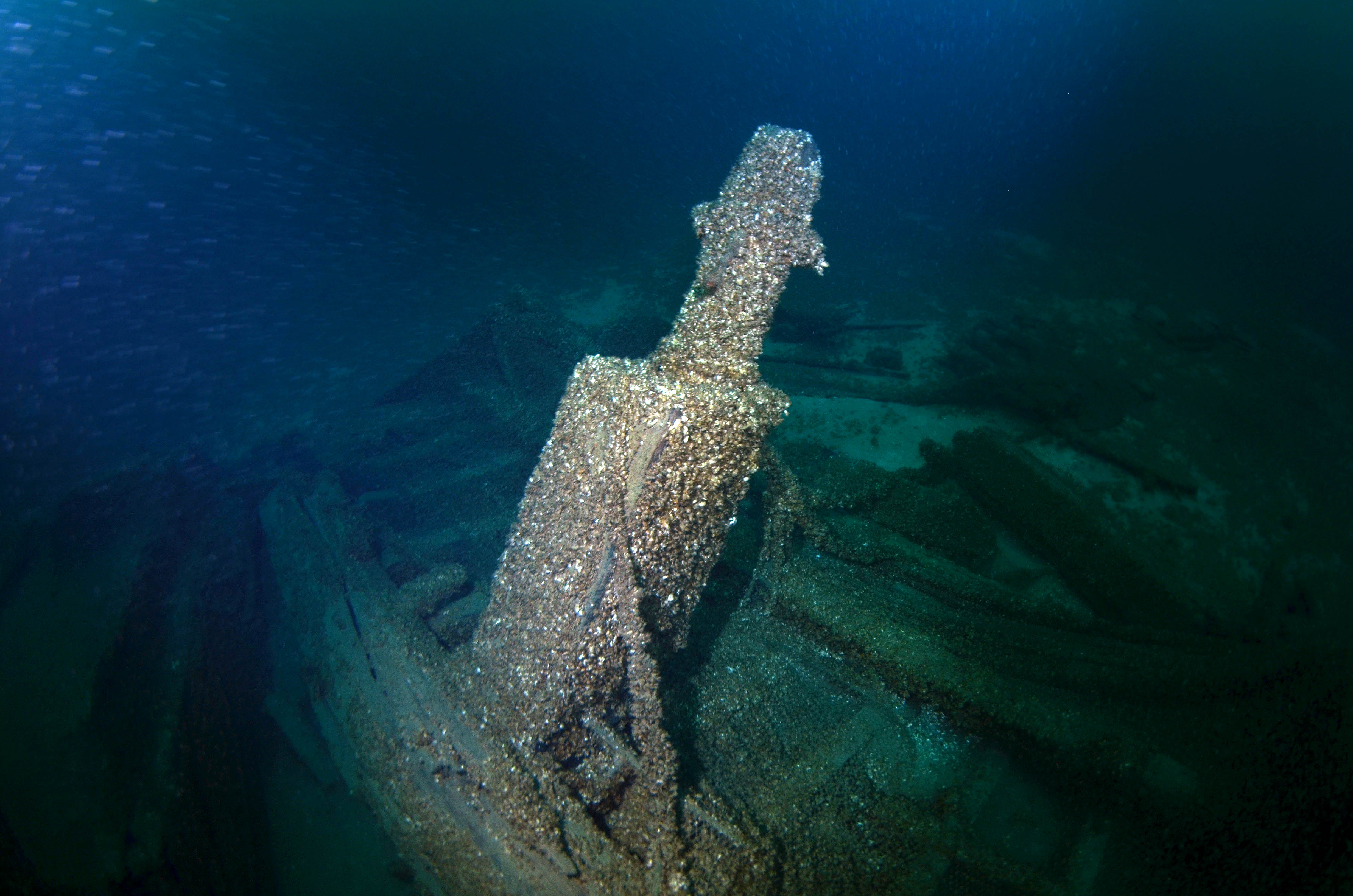
Another View of Floretta's Windlass
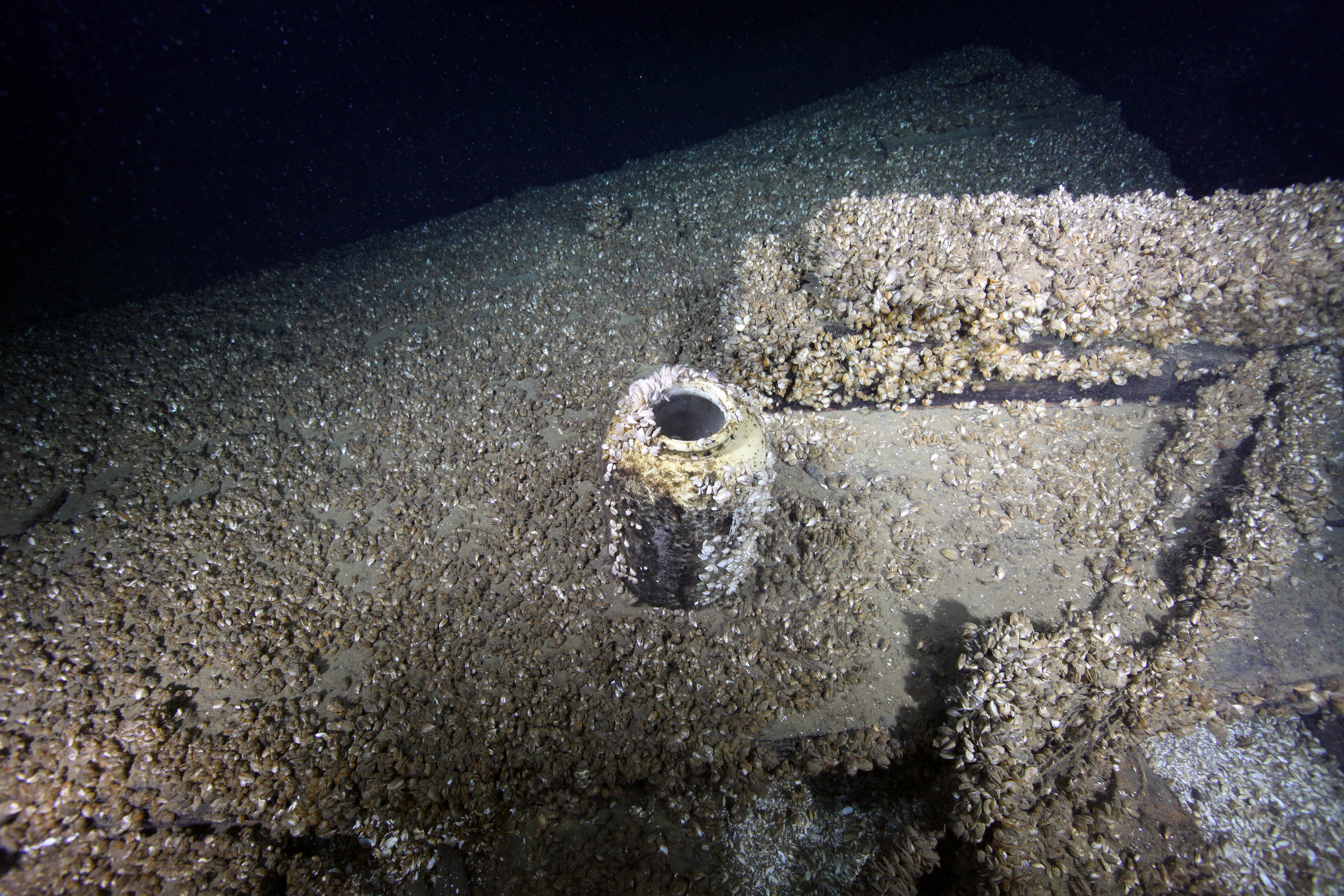
A Ceramic Jug Sticks Out from Floretta's Wreckage

 Confirmed Location
Confirmed Location
 Unconfirmed location
Unconfirmed location